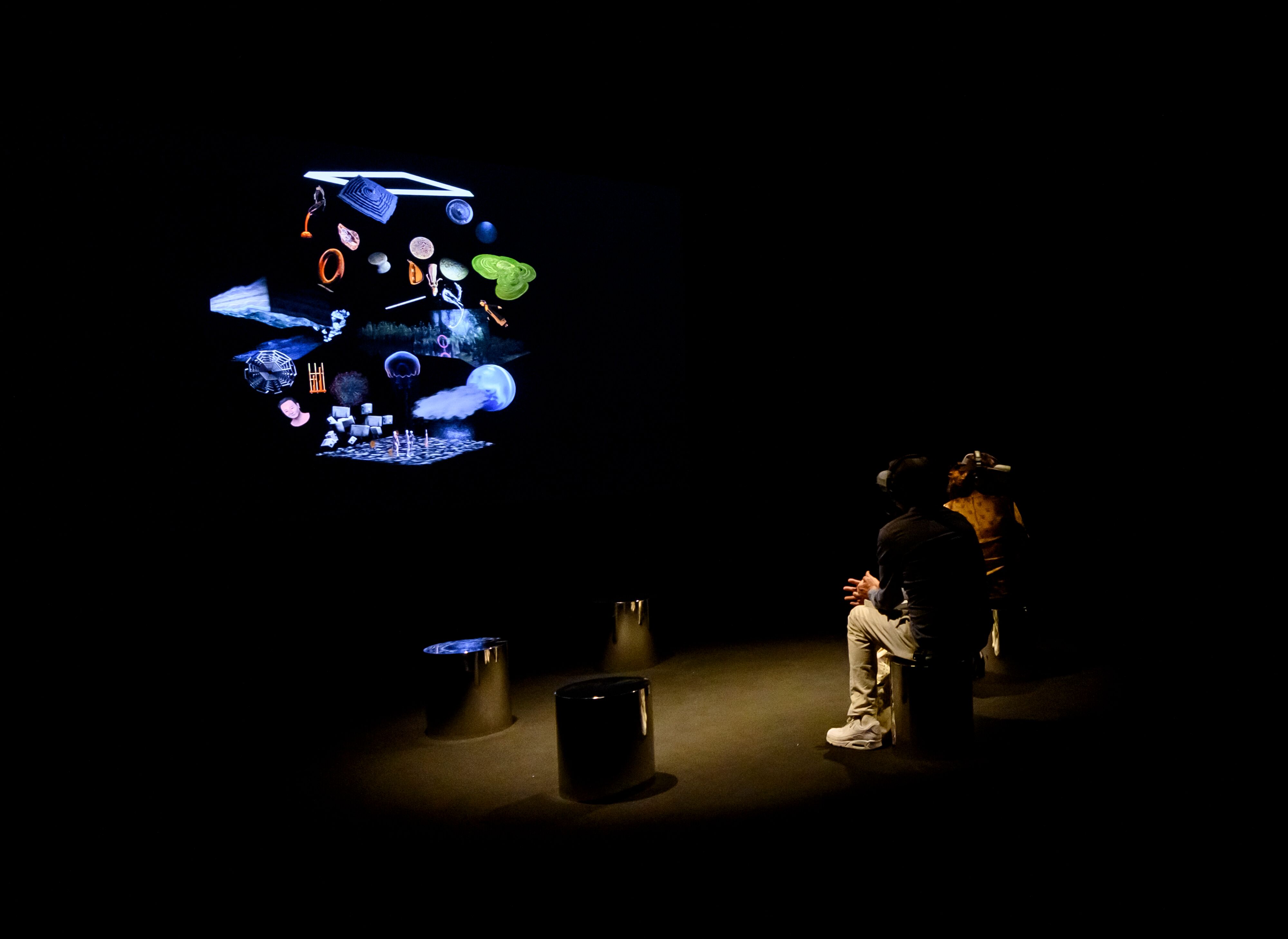Ho Tzu Nyen’s ongoing project The Critical Dictionary of Southeast Asia (2012–present) poses the following question: What is Southeast Asia? In the modern sense, the term was introduced during the Second World War in a 1941 book by British-born colonial public servant John Sydenham Furnivall. The first map that visualised this area as a geographic reality was produced in 1944 by Lord Mountbatten, and it was only during the war that the area first came under the control of a single power, the Japanese. Reflecting on this ‘region’ that has otherwise never been unified by language, religion or political structures, the Dictionary consists of one entry for each letter of the English alphabet, constituting an idea, motif or biography that reimagines this region that is not one.
For SB14, Ho presents the latest addition to his Dictionary project, R for Resonance (2019). This VR installation examines the gong in Southeast Asia, an instrument that connects societies and individuals through ritual music embodying a sacred cosmology. Requiring substantial resources to produce and favoured by the elite, the gong has also been associated with empire and social stratification since the Southeast Asian Bronze Age.
Ho’s virtual world explores the fluid, viscous and molten qualities of bronze and its possibility for metamorphosis. It considers the potential influence of the gong through a series of objects and terms that link the instrument to the social, political and environmental specificity of the region. It examines resonance, rather than reason, connecting through vibrations instead of lines of logic. Finally, it follows a human trajectory of interconnected material spaces while recalling the systemic and colonial mechanisations of power in this part of the world.


